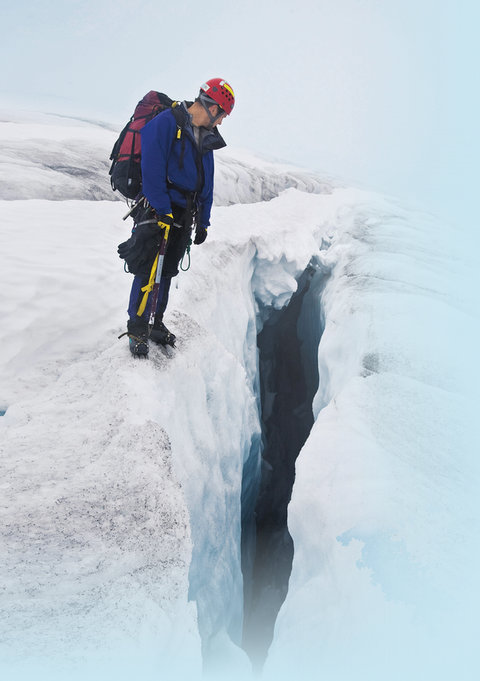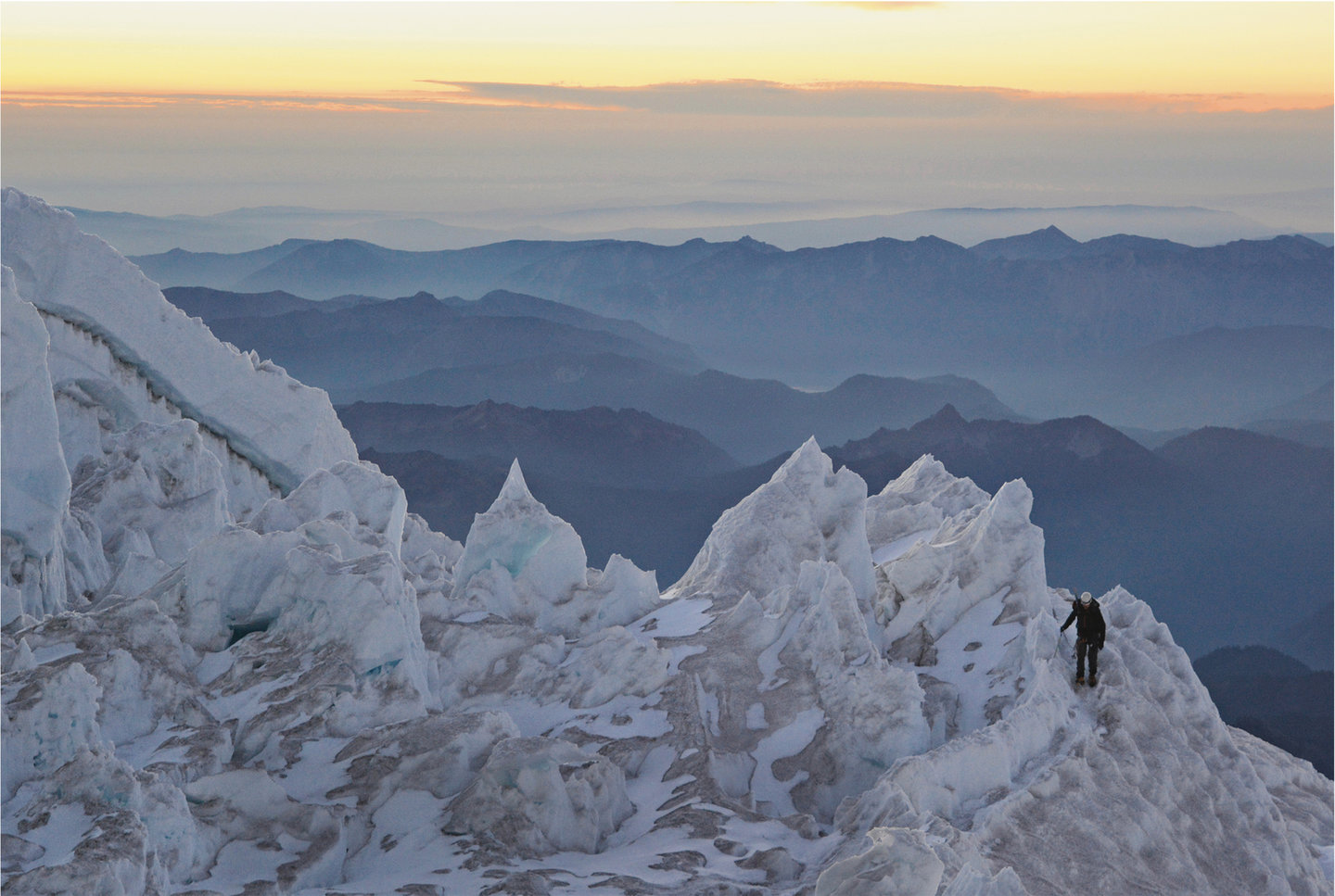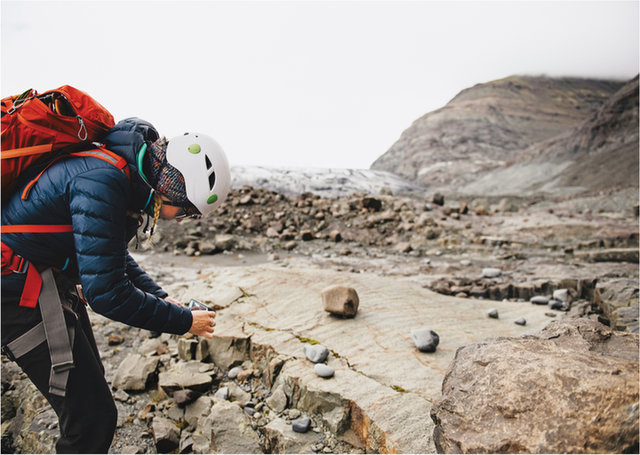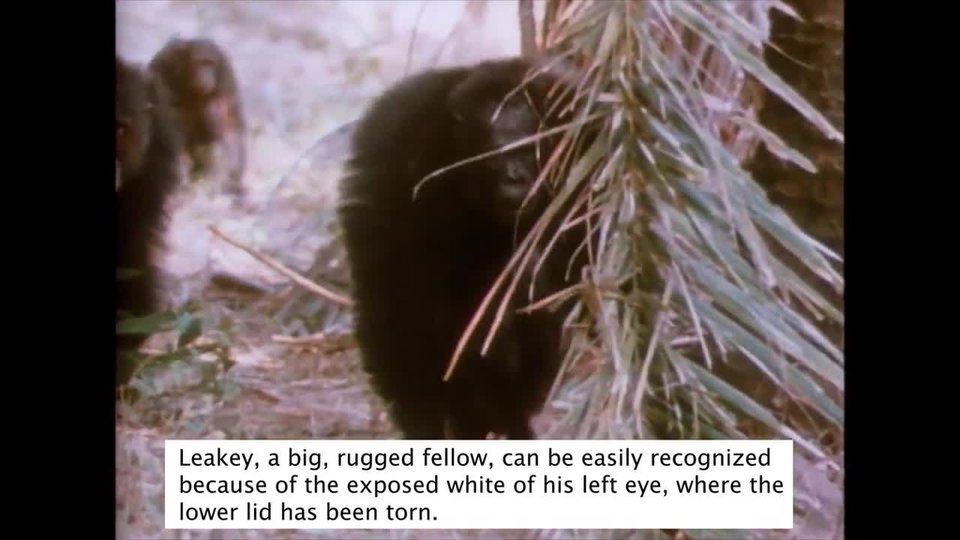
Aclimberlooksintoacrevasse,ordeepcrack,onDenver Glacier.
Exploringthe Ice
InSkagway,Iworkedasanoutdoorguide.Ishowedpeoplethearea’sglaciers.Ifpeoplegotlostoutside,itwasmyjobtohelpfindthem.Todothat,Ihadtobetrainedinrescue techniques.
Oneday,IwasontheDenverGlacierwiththesearchandrescueteam.Wewerepracticingwhattodoifapersonfellintoacrevasse.Acrevasseisacrackinaglacier.Someareverydeep.Afterworkingallday,wetookabreak.Wewentovertoanareaoftheglacierthathadlarge seracs.Aserac isaridgeoficeonthesurfaceofaglacier.Theystickuplikesharkfins.Wedecidedtoclimbthemfor fun.
Now,atthebaseofoneofthoseseracswasacrevasse.Itwasfullofclear,bluewater.Istoodontheedgeofthecrevassewearingallmyheavygear.Iwasconnectedbyropetothepersonclimbingaboveme.Suddenly,thatpersonslipped.Iwasyankedoffmyfeetbytherope.Iflewthroughtheairandintothaticy gap.

Chunksoficeknownasseracsbreakofffromglaciers.It’shardtoresistclimbing them!
IceRescue!
Fasterthanlightning,thesearchandrescueteamfishedmeoutofthedeepcrack.Theyhelpedmeremovemywetgear.Iwassoonwarmingupinasleepingbag.Iwas safe.

Icaptureanimageofrockthathasbeenscrapedsmoothbya glacier.
ThatIfellisnottheimportantpartofthestory,however.What’simportantiswhathappenedafter.WhenIhelicopteredbacktoSkagway,everyonewantedtohearmyglacierstory.So,Itoldthem.Andthentheytoldmetheir glacier stories.
Theytoldmestoriesofglaciersgrowing,retreating,andcalving.Theytoldmestoriesofglacierswithtreesgrowingonthem.Theytoldmestoriesofstrangeglacierbehavior.Iheardstoriesoflocalpeopleinteractingwithglaciersinallsortsofways.Idiscoveredthaticemeantsomethingtopeople.Theglaciersgavepeopleasenseofidentity.Theygavepeopleasenseofplace.Icetoldthemwhotheywereandwheretheyhad been.
Thesestorieschangedmylife.IrealizedthatIhadfoundacareer.So,Isetouttostudyglaciersandhowglaciersshapehuman societies.
